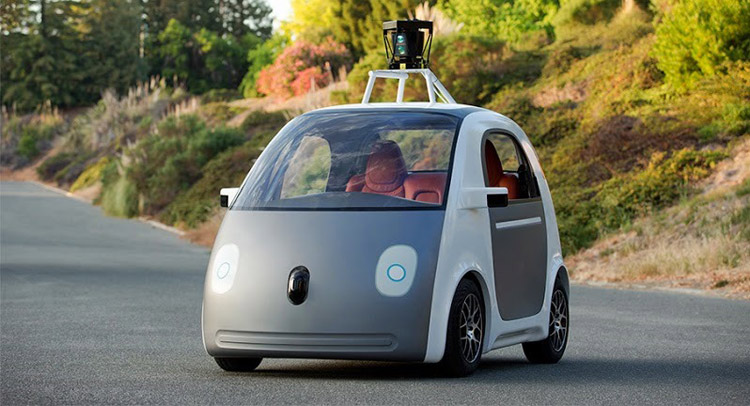Despite all the talk about how autonomous cars are going to change our lives in a few years, it appears that their current capabilities are grossly overrated. Take Google’s self-driving car, for instance. Chris Urmson, director of the Google car team, has volunteered a list of things the car can’t currently do.
Despite having safely driven more than 700,000 miles (1.12 million kilometers), Google’s autonomous cars can’t drive in the snow or heavy rain, know nothing about parking and require a thorough route preparation before setting off, with one minor ad-hoc traffic deviation having the potential to puzzle them.
Although Urmson says that the cars will overcome these challenges “more quickly than many people think,” the truth is the work volume needed to do that is monumental to say the least.
Before a Google self-driving car is able to start a journey, intricate preparations must be made, and the exact route, including driveways, must be extensively mapped. This means that if a new stop light appeared overnight, the car wouldn’t know to obey it. However, it would slow down or stop if the sensors detected any traffic or obstacles ahead.
The list of unresolved problems is extensive. For example, Google’s cars have yet to drive in snow, and Urmson says safety concerns make testing during heavy rains impossible. Furthermore, cars haven’t tackled big, open parking lots or multilevel garages. Another problem is that the car’s video cameras sometimes can’t read traffic lights when the sun is directly behind them.
As for pedestrians, Google’s car detects them as moving, column-shaped blurs of pixels, which means that it wouldn’t be able to spot a police officer at the side of the road waving for traffic to stop. Nor can the sensors tell if a road obstacle is a rock or a crumpled piece of paper, which means the car will try to drive around it. Also, the car can’t detect potholes or spot an uncovered manhole if it isn’t coned off.
Despite all these safety worries, Urmson is optimistic that Google’s cars will be ready five years from now.
Story references: MIT Technology Review



